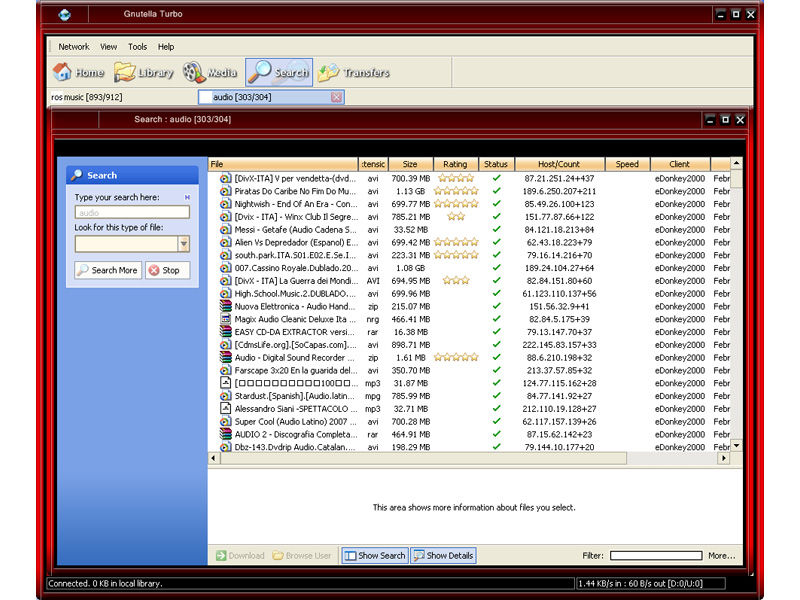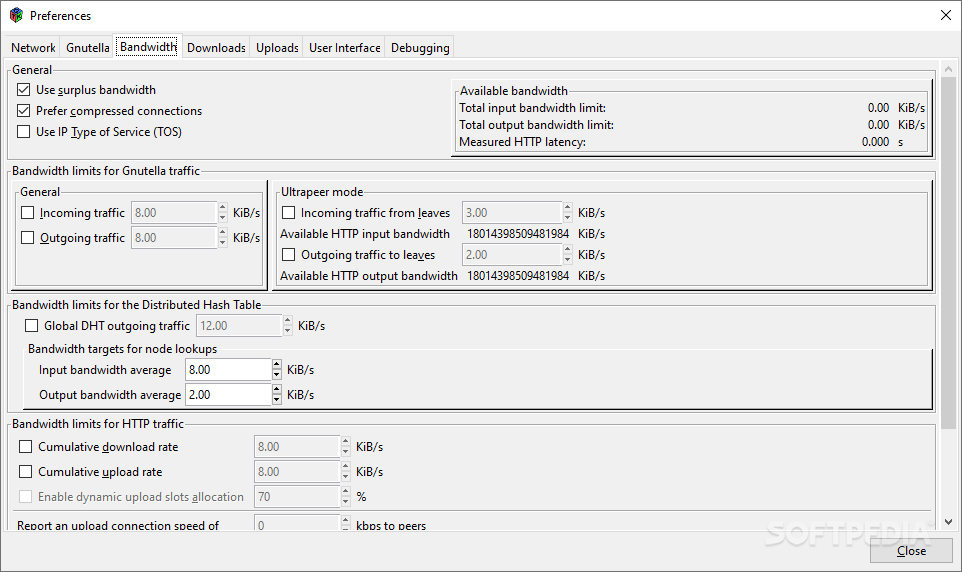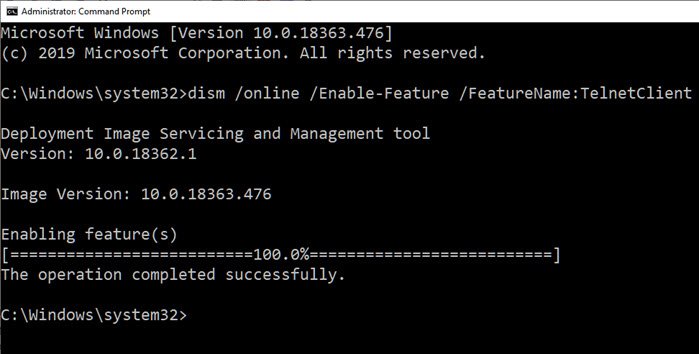

- #Gtk gnutella from command line install install#
- #Gtk gnutella from command line install update#
- #Gtk gnutella from command line install driver#
- #Gtk gnutella from command line install full#
- #Gtk gnutella from command line install windows 10#
#Gtk gnutella from command line install install#
Fix the package: sudo apt install -fix-broken -y.Get the current stable version: sudo dpkg -i google-chrome-stable_current_b.Change directories into the temp folder: cd /tmp.To launch, enter the name of the tool you would like to use. X11 is the Linux windowing system and this is a miscellaneous collection of apps and tools that ship with it, such as the xclock, xcalc calculator, xclipboard for cut and paste, xev for event testing, etc.

VLC is a free and open source cross-platform multimedia player and framework that plays most multimedia files. Nautilus, also known as GNOME Files, is the file manager for the GNOME desktop. GIMP is a free and open-source raster graphics editor used for image manipulation and image editing, free-form drawing, transcoding between different image file formats, and more specialized tasks. To launch your bashrc file in the editor, enter: gedit ~/.bashrc Install GIMP Gedit is the default text editor of the GNOME desktop environment.
#Gtk gnutella from command line install update#
Update the packages in your distribution sudo apt update To request additional support, you can file an issue in the WSLg repo on GitHub. It relies on Windows desktop, so installing desktop-focused tools or apps may not be supported.
#Gtk gnutella from command line install full#
Support for GUI apps on WSL does not provide a full desktop experience. You can restart WSL by running the shutdown command in PowerShell. You will need to restart WSL for the update to take effect. Select Start, type PowerShell, right-click Windows PowerShell, and then select Run as administrator.Įnter the WSL update command: wsl -update If you already have WSL installed on your machine, you can update to the latest version that includes Linux GUI support by running the update command from an elevated command prompt. You're now ready to begin using Linux GUI apps on WSL!įor more info check install WSL. This will be your Linux credential for the Ubuntu distribution. Once your machine has finished rebooting, installation will continue and you will be asked to enter a username and password. You can now install everything you need to run Windows Subsystem for Linux (WSL) by entering this command in an administrator PowerShell or Windows Command Prompt and then restarting your machine. This will enable you to use a virtual GPU (vGPU) so you can benefit from hardware accelerated OpenGL rendering.įresh install - No prior WSL installation
#Gtk gnutella from command line install driver#
To run Linux GUI apps, you should first install the driver matching your system below.
#Gtk gnutella from command line install windows 10#
You will need to be on Windows 10 Build 19044+ or Windows 11 to access this feature. Install support for Linux GUI apps Prerequisites You can now integrate both Windows and Linux applications into your workflow for a seamless desktop experience.

Cut + Paste across Windows and Linux apps.Use alt-tab to switch between Linux and Windows apps.Launch Linux apps from the Windows Start menu.WSL 2 enables Linux GUI applications to feel native and natural to use on Windows. To application directory, with same directory structure.Windows Subsystem for Linux (WSL) now supports running Linux GUI applications (X11 and Wayland) on Windows in a fully integrated desktop experience. +- hicolor (fallback icon theme for Gtk+) The icons and a few other files need to be copied into application directory so that the application can load them. the Adwaita icon theme, so icons may not load. But it won't find standard icon sets for Gtk+, i.e. The version numbers may change according to the installation. dlls need to be copied from \mingw64\lib\(for 64-bit installation) into the application directory (where the. G++ -mwindows -std=c++14 -o app.exe app.cpp `pkg-config -cflags -libs gtkmm-3.0`īut the executable won't run outside the MSYS2 shell because of missing standard environment variables for. # -mwindows flag is to suppress the background command-prompt window Now gtkmm application can be compiled, linked and run from within MSYS2 environment. Install pkg-config for easily obtaining compiler and linker flags and GNU autotools build integration pacman -S pkg-config Once MSYS2 environment is set up by installing the installer and updating the package list, install gtkmm with pacman -S mingw-w64-x86_64-gtkmm3 #64 bit

On Microsoft Windows gtkmm can be installed through MSYS2 environment. The C++ binding for Gtk+ is known as gtkmm. The number of options the PyGObject installer offers can be daunting, but for most GTK projects the only option you have to select is GTK+ 3.xx. It offers an installer that installs most things you need to develop GTK appilcations. The easiest way to install GTK3 for Python is by using PyGObject for Windows.


 0 kommentar(er)
0 kommentar(er)
